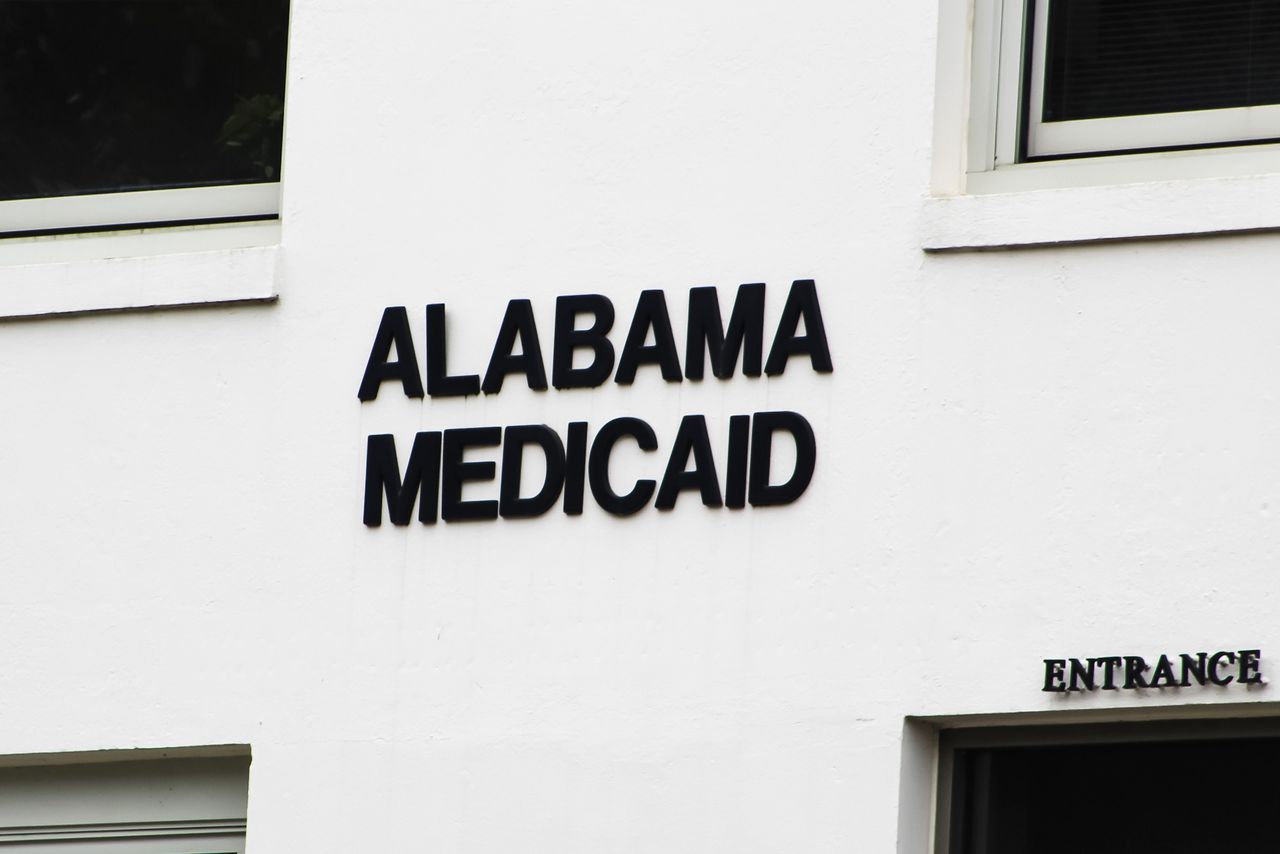Status of 129,000 Alabama Medicaid enrollees uncertain after post-pandemic emergency
Nationally, about 1.5 million people lost Medicaid coverage in more than two dozen states following the expiration of the COVID-19 emergency, according to a June 13 report by the Associated Press.
While that news report doesn’t mention Alabama as being one of those states and Alabama hasn’t said how many it plans to remove from the rolls, the Robert Wood Johnson Foundation and Urban Institute estimates 129,000 Alabamians will be kicked off Medicaid by June 2024.
The Alabama Medicaid Agency (AMA) “isn’t publishing termination statistics at this time since we are in the first month of terminations now,” said communications director Melanie Cleveland via email. “These recipients have 90 days from their termination to reinstate their coverage if they are still eligible.” About 1.2 million people had some form of Medicaid coverage as of March 2023.
Medicaid enrollment skyrocketed in 2020 after passage of the Families First Coronavirus Response Act, which allowed for continuous coverage and prevented Medicaid offices from forcing recipients to re-enroll.
Despite public support from both sides of the aisle, the Alabama Legislature has chosen not to expand its Medicaid program to allow more people to qualify. The Robert Wood Johnson Foundation and Urban Institute report estimates that by June 2024 more than 430,000 Alabamians will be uninsured by either Medicaid, Medicare or private insurance.
Health policy advocate Jennifer Harris, with the non-profit advocacy group Alabama Arise, suspects Alabama wasn’t listed in the AP report on those being kicked off Medicaid because the AMA is taking a traditional approach to re-enrollment. A systematic process is a sign the AMA “chose to lean into best practices” to this “unwinding” process.
Harris said the AMA sends out redetermination packages monthly, unlike other states where letters were more than likely blanketed to all Medicaid enrollees. For instance, if your eligibility expires in October, AMA will send letters in the fall.
This monthly process avoids a backlog of paperwork for the staff. Harris said there’s no need to “create unnecessary workload on top of a heavy workload.” Medicaid recipients who have reached out to Arise said they appreciate “consistent communication” with AMA answering questions during this unwinding process.
“(Medicaid) has the ability to be life and death for some people,” Harris said. “People need their healthcare coverage. And when they’re eligible, there is no reason why they should be caught up in a procedure or issue.”
Harris said another best practice AMA implements is cross-referencing with other databases to determine if applicants can qualify for different services. For example, suppose an applicant applied for assistance while pregnant in 2021. In that case, the child may be eligible for Medicaid now as a toddler.
The Medicaid process has a lot of moving parts, according to Harris. She said this could lead to confusion or misinformation about what to do.
“It is just a lot of information in a very short amount of time,” Harris said. “And sometimes people may not be able to grasp all the information or understand what’s needed for action on their part.”
For current Medicaid enrollees, the first step is to check your eligibility through the Medicaid portal to ensure everything is up to date, including contact information, mailing address, and income status.
Some issues with re-enrolling in Medicaid involve lost paperwork sent to incorrect addresses or outdated information. A family of four is eligible for Medicaid if income is no more than $3,650 per month, according to February 2023 eligibility information provided by the AMA. More than 1.3 million Alabama residents were eligible for Medicaid as of April 2023.
If there are questions about Medicaid, you can dial 211 to connect directly with a navigator to walk through the enrollment process.
